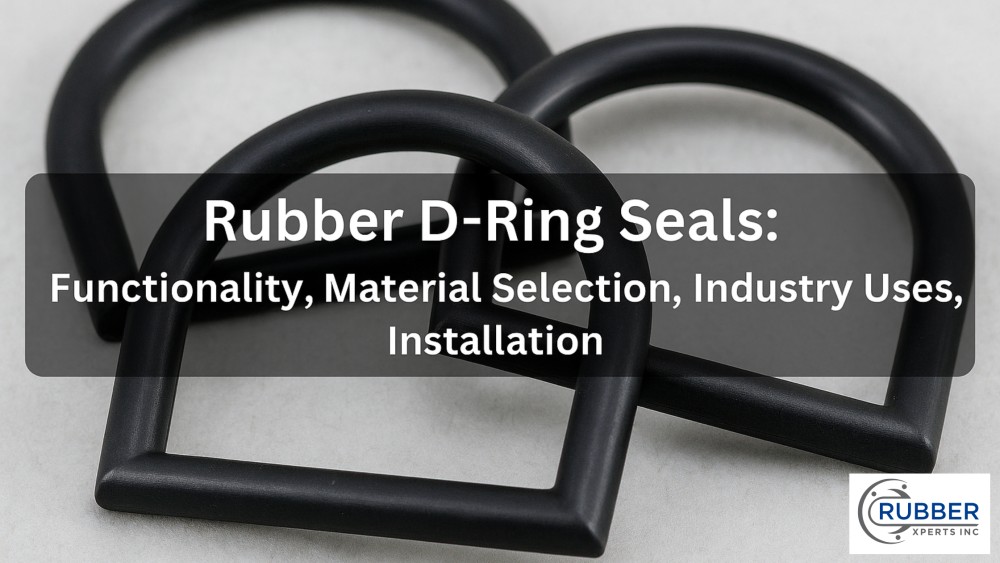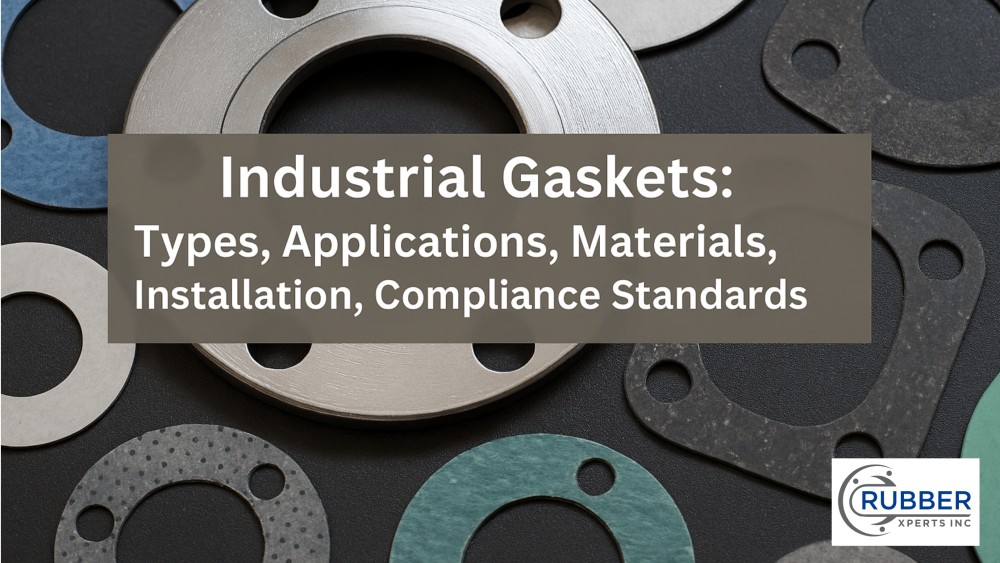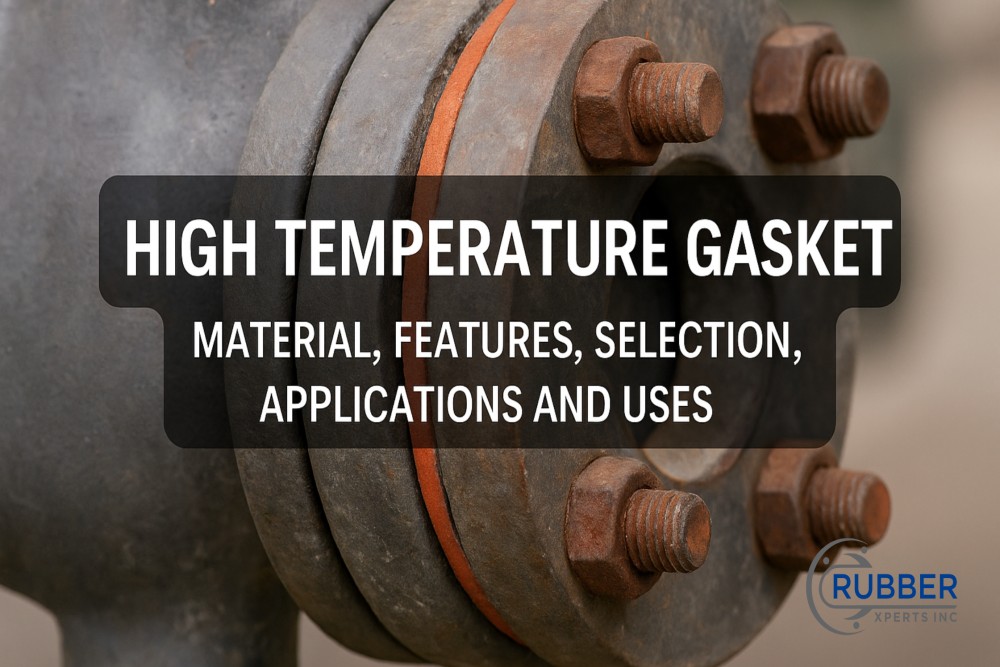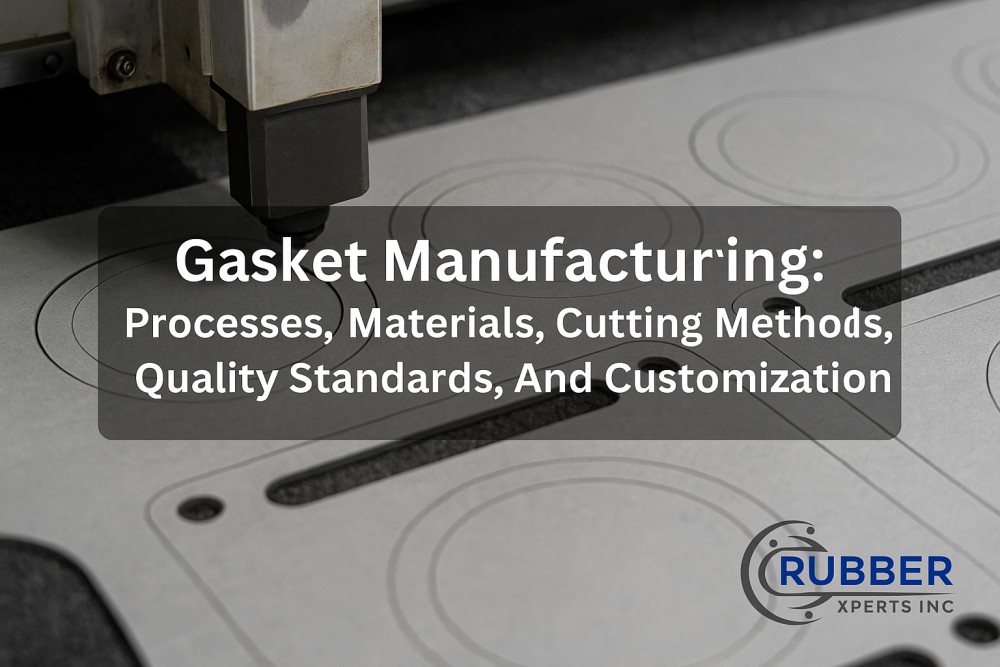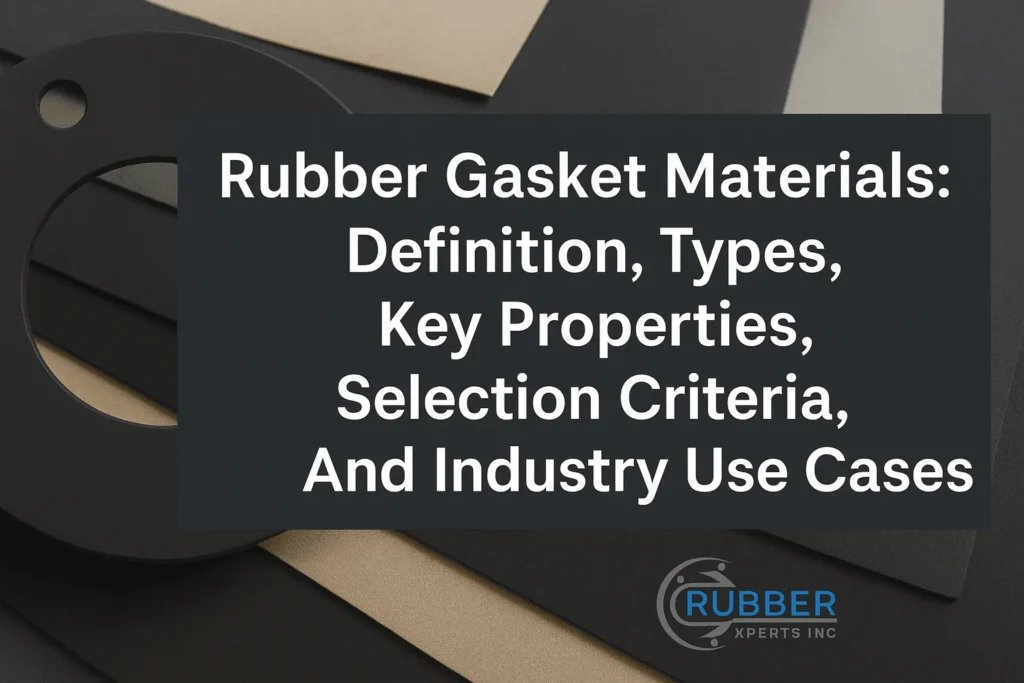Rubber pipes play critical roles in different industries.
Each type has unique properties, which determine where they are applied.
With its own characteristics, you need to know which types of tubings are specifically suitable for your project.
In this article, we break down the main types of rubber pipes, their advantages and disadvantages, and how they could be used in applications.
5 Types of Rubber Pipes
Rubber pipes differ based on their material, each suited to various conditions and uses.
Knowing these differences helps you choose the right one for your project.
1. Natural Rubber Pipes
Natural rubber tubes are made from the latex of rubber trees.
They are noted for their high elasticity and tear resistance, making them easy to work with in various settings.
Natural rubber tubes are simple to cut and adaptable for installation.
They’re typically used in low-pressure systems.
- Where They Excel: They are best utilized in environments where mild to moderate temperatures prevail and in handling non-oil-based fluids, showing resilient performance.
- Where They Fail: Natural rubber tubes are unsuitable for environments where they would be exposed to oils and fuels or endure high temperatures, as these conditions can significantly degrade the material.
Natural rubber tubes can come as flexible tubing for medical devices, protective sleeves for wires, and elastic bands for various securing applications.
They can be found in many applications, for example:
- Medical Devices: In medical devices, natural rubber tubes act as flexible conduits for fluids and gases, expanding and contracting without losing integrity, which is crucial for patient care applications like IV drips and airways.
- Automotive Gaskets: They serve as effective seals in automotive industry, compressing under pressure to fill gaps and prevent leaks between different components, such as in engines and air conditioning systems.
- Construction: Natural rubber tubes provide durability and flexibility, essential for air and water hoses used on construction sites, allowing them to withstand rough handling and environmental conditions.
2. Silicone Rubber Pipes
Silicone rubber tubes exhibit remarkable flexibility, making them perfect for installations in confined spaces.
Their resistance to extreme temperatures allows for their use in high-temperature areas.
With their thermal stability over a wide temperature range and inertness, silicone rubber tubes are suitable for sterile environments.
- Where They Excel: Silicone rubber tubes excel in high-temperature applications and industries requiring hygiene and cleanliness, such as food processing and healthcare.
- Where They Fail: Their use is discouraged in applications that involve contact with petroleum oils and strong acids due to the material’s susceptibility to degradation under such chemical exposure.
Usually, silicone rubber tubes are formed as high-purity tubing, making them versatile for many uses.
You can use silicone rubber tubes in different industries:
- Food and Beverage: These tubes maintain food safety by resisting microbial growth and not reacting chemically with food products, ensuring the safe transport of edible goods within production facilities.
- Healthcare: They provide a sterile medium for medical applications, where their inert nature prevents reactions with medications or bodily fluids, critical for patient safety in surgical and hospital settings.
- Electronics: Silicone rubber offers electrical insulation, protecting against electrical shocks and shorts in devices, ensuring the longevity and reliability of electronic equipment.
3. Nitrile Rubber Tubes
Nitrile rubber tubes are composed of a copolymer of butadiene and acrylonitrile.
This component gives them their characteristic resistance to petroleum-based oils and hydrocarbon fuels.
They need a careful selection process depending on the chemical composition of the fluids they will be exposed to.
Usually, the application process involves ensuring compatibility with specific chemicals to avoid premature deterioration.
- Where They Excel: Nitrile rubber tubes offer robust performance in environments rich in oils or where chemical resistance is necessary, especially in industrial and automotive applications.
- Where They Fail: Nitrile rubber tubes are not adept at handling extremely low temperatures, losing flexibility and cracking. Similarly, environments with high ozone levels or exposure to ketones are detrimental to them.
These tubes are commonly found as fuel and oil lines in automotive applications, industrial hoses for chemical transfer, and gaskets and seals in machinery.
But you can also find its usage in many other industries, such as:
- Chemical Processing: In this industry, nitrile tubes resist abrasion and chemical attack, safely conveying solvents and chemicals without deteriorating, which is essential for operational safety and efficiency.
- Manufacturing: They provide durable sealing solutions that resist wear from friction in dynamic applications, ensuring the long-term reliability of machinery and equipment.
- Marine Applications: Nitrile rubber tubes withstand the corrosive marine environment, preventing water, salt, and oil from damaging fuel and oil lines on boats and ships.
4. EPDM Rubber Tubings
EPDM rubber tubes are commonly installed in outdoor equipment, water lines, and HVAC systems.
These systems benefit from their resistance to weathering, ozone, and steam.
The procedural application involves utilizing their durability in the face of environmental extremities.
This helps ensure the smooth operation of systems that encounter varying temperature ranges and conditions.
- Where They Excel: EPDM stands out in applications requiring resistance to weathering and temperature variations.
- Where They Fail: EPDM rubber tubes falter when used with petroleum-based oils, fuels, and many solvents, leading to material breakdown and failure in such chemical environments.
In the industry, EPDM is found as weatherstripping for windows and doors, radiator hoses in vehicles, and waterproof seals for roofing.
However, this synthetic rubber is particularly valued for its durability in outdoor environments and performance in hot water and steam applications.
Therefore, the applications of EPDM can be found on:
- Roofing Membranes: EPDM is a durable, weather-resistant material for flat roof installations in the construction industry.
- Electrical Insulation: EPDM wraps electrical cables, providing insulation and protection from environmental factors.
- Automotive Weather Stripping: EPDM seals doors and windows, preventing water and air ingress with excellent weather resistance.
5. FKM Rubber Pipes
FKM rubber pipes are characterized by their exceptional resistance to chemicals, oils, and temperature extremes.
Fluoroelastomer, the material used in FKM pipes, is known for its performance in aggressive chemical environments and high-temperature applications.
Selecting FKM rubber pipes requires careful consideration, using chemical compatibility charts to meet the specific needs of chemical processing and high-temperature applications.
This ensures FKM pipes are used effectively, taking advantage of their strong chemical resistance and ability to handle high temperatures without degrading.
- Where They Excel: FKM rubber pipes are unparalleled in environments that involve harsh chemicals and extreme temperatures, offering unmatched durability and chemical resistance in demanding conditions.
- Where They Fail: The high cost of FKM might be a limiting factor for some applications. They are unsuitable for environments rich in ketones or where low temperatures compromise their flexibility.
FKM rubber pipes are used in chemical transport hoses, high temperature seals, gaskets, and fuel lines.
These industries commonly use FKM rubber pipes in their operations:
- Chemical Plant Piping: FKM pipes provide a chemically inert pathway in aggressive chemical manufacturing environments, preventing reactions that could compromise product quality or safety.
- Aerospace Fuel Systems: They offer resistance to jet fuel and hydraulic fluids, maintaining seal integrity under extreme conditions that are critical for the safety and functionality of aerospace vehicles.
- Oil Exploration: In the harsh environment of oil drilling, FKM seals and tubing withstand abrasive substances and extreme pressures, ensuring reliable operation of drilling equipment.
Choosing the Right Type of Rubber Pipes
Selecting the appropriate rubber tubing involves considering several factors:
- Application Requirements: Evaluate the specific conditions the tubing must withstand, including chemical exposures, temperature ranges, and physical wear.
- Material Compatibility: Ensure the rubber material is compatible with the fluids or gases it will transport.
- Flexibility Needs: Consider the required flexibility for your application. Natural rubber and silicone offer superior elasticity, while reinforced tubes provide less.
- Durability and Longevity: Assess the expected lifespan and durability under operational conditions. Synthetic and reinforced rubber tubes often offer enhanced durability.
You can also consult the comparison table below to evaluate your needs for your tubing types:
| Type | Application Process | Suitable Environment | Limitations |
| Natural Rubber | Easy to cut and fit. Use in low-pressure systems. | Mild temperatures. Non-oil fluids. | Avoid oils, fuels, and high temperatures. |
| Silicone | Flexible, fits tight spaces. Sterilization is possible. | High temperatures, food, medical. | Not for petroleum oils or strong acids. |
| Nitrile | Selection based on oil/chemical concentration. | Oil-resistant, automotive, industrial. | Poor in very low temperatures, no ketones/ozone. |
| EPDM | Installation in outdoor, water lines, HVAC. | Weathering, steam, hot water resistance. | Avoid petroleum-based oils/fuels and many solvents. |
| FKM | Based on chemical compatibility charts. | Chemical resistance, high temperatures. | High cost, not for ketones or low temperatures. |
Conclusion
Now you know which rubber pipe types to choose for your project.
You might need latex’s flexibility, nitrile’s chemical resistance, or reinforced rubber’s durability.
By understanding the properties and uses of each type, you can ensure your rubber piping systems perform well and last long.
If you already know what you need, browse for our rubber pipe products at Rubber Xperts!
Rubber Xperts is a leading provider of high-quality rubber solutions for various industrial applications.

